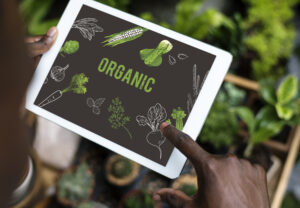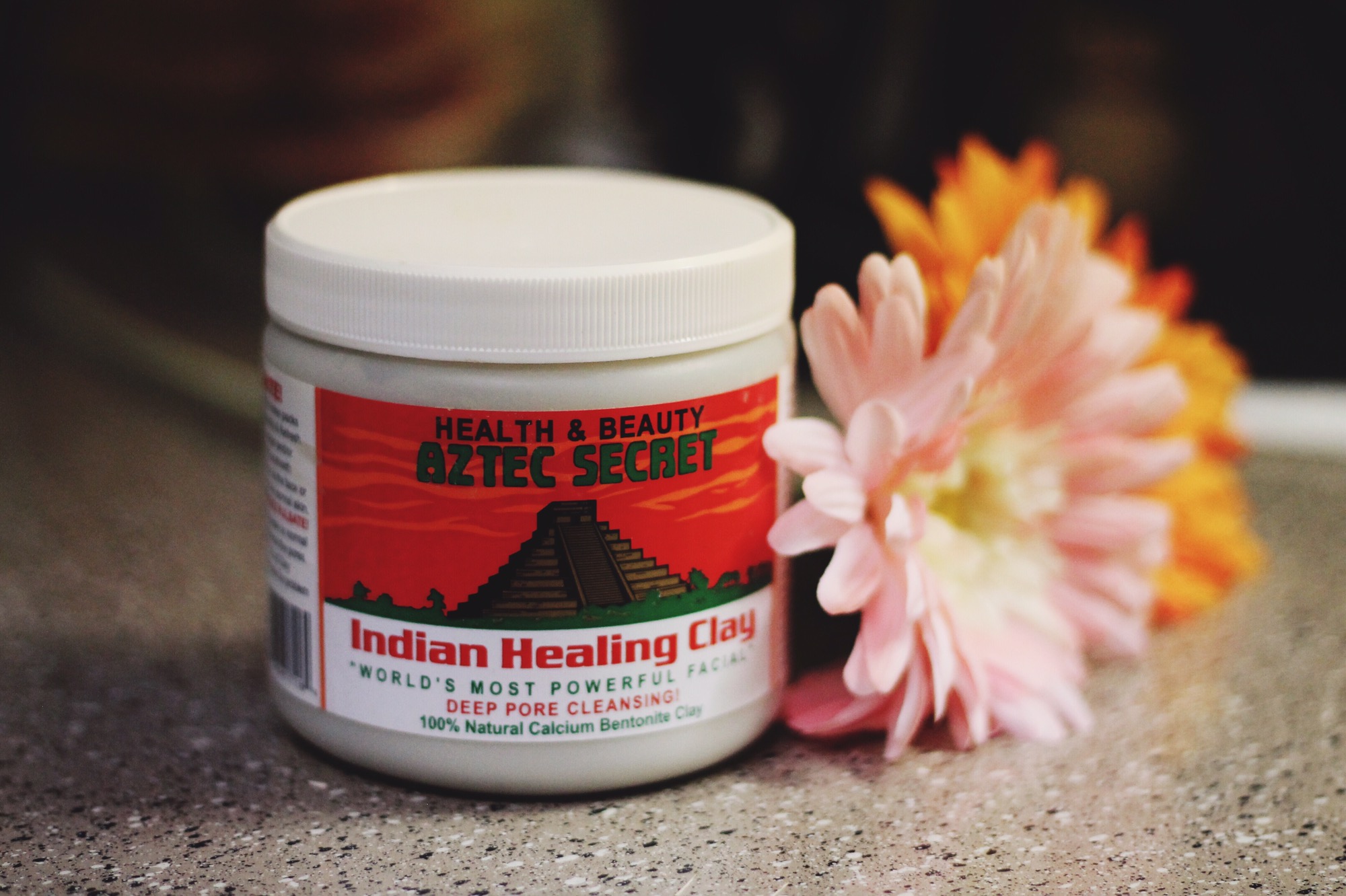Your quick guide to buying organic vs. non-organic food
I’m all for clean food but I also like to get plenty of bang for my buck—so I find myself prioritizing on what foods are better purchased organic and which ones I can pass on.
I’m all for clean food but I also like to get plenty of bang for my buck—so I find myself prioritizing on what foods are better purchased organic and which ones I can pass on.
Organic foods are produced through farming practices that only use natural substances, avoiding all artificial chemicals, hormones, antibiotics or genetically modified organisms (GMOs).
Although many studies comparing organic and non-organic food have mixed conclusions, there is undeniable evidence that organic food is more nutritious.
The British Journal of Nutrition revealed that organic crops on average, had higher concentrations of antioxidants, lower concentrations of toxic metal cadmium (Cd) and a lower incidence of pesticide residues.
So, what do you buy and what do you leave?
Food to Buy Organic
Fresh produce
The Electronic Working Group (EWG) publishes a list of foods with the highest levels of pesticide residue every year. At the top of the list, strawberries, spinach, apples and kale among others.
And if you’re wondering what the deal is with pesticides, multiple studies have linked pesticide exposure to Cancer, Parkinson’s disease and Autism, plus a possible loss in IQ.
Foods made from produce that’s highly exposed to pesticides
Wine and coffee are made from produce containing some of the highest amounts of pesticide residue and are better off purchased organic.
More Food to Buy Organic
Diary; Milk, butter, yogurt and cheese
Meat; Chicken, beef and ham
Breakfast staples; Eggs, bread and oatmeal
And of course, chocolate.
To put it simply, buy organic when it comes to fresh produce and food that you consume the most.
As for the foods that you can pass on, here’s a few to put on your list.
Bananas, rice, tea, sweet potatoes and grapefruit, olive oil and other cooking oils.








